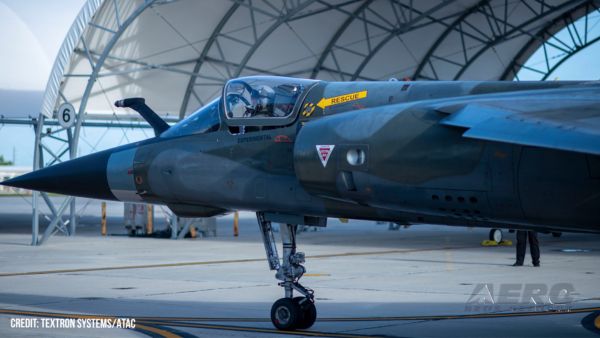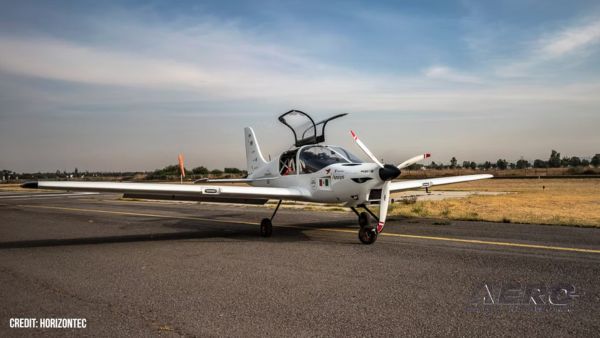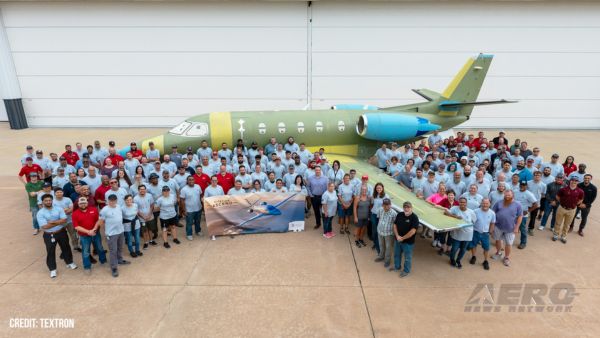Training Devices For Several Aircraft Already Under Development
Naval Air Systems Command is looking to leverage virtual reality technology to build flight simulation trainers that are deployable, improve fidelity, make better use of actual training flights and save money.
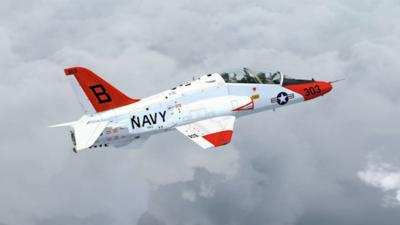
The Naval Aviation Training Systems program office is currently developing new trainers for the F/A-18 Super Hornet, TH-57 Sea Ranger training helicopter and T-45 Goshawk jet trainer, said Chris Foster, the program office's lead for aviation warfare training development, during a Nov. 28, panel discussion on augmented, virtual and mixed reality in Navy training at the 2017 Interservice/Industry Training, Simulation and Education Conference (I/ITSEC).
The F/A-18 project calls for two networked Deployable Mission Rehearsal Trainers that use virtual reality, or VR, "to look at whether the fidelity of the cues provided are sufficient to support the training tasks that we need to be able to train," Foster said. The trainer will be deployable with a much smaller footprint-thanks to the VR technology-than the platform's current, dome-based flight simulators.
A key question is whether the VR technology can represent a trainee's hand with enough accuracy for them to reliably manipulate a virtual multi-function display and navigate its series of menus, Foster said.
Meanwhile, the two TH-57 part task trainers (PTTs) will be aimed at making new trainees more comfortable before their first low-level familiarization flights.
"What we know is that low-level flights for students who are beginning their Navy training in TH-57s are quite overwhelming," Foster said. "It's very difficult to develop the sight picture that you need and to do it in a very quick way when things move much faster on those first few flights, so there's very little learning that's actually taking place.
The hope is that putting students through a few VR familiarization flights on a desktop trainer first will improve their performance when they actually take their first low-level flights in an actual TH-57, Foster said.
Finally, T-45 systems will also have two PTTs, this time utilizing VR as well as augmented reality visual system technology to render a trainer that both improves fidelity and cuts down on the high life cycle cost of the T-45's current dome simulators.
The PTTs will comprise actual operational flight trainer T-45s, where the trainee will sit while outfitted with VR goggles.
"When you're looking through the goggles you're going to be able to see outside the cockpit, but we also need there to be a virtual representation of the physical cockpit that the trainee would see and they should then be able to interact accurately and reliably with the physical cockpit but relying on its virtual representation," Foster said.
The plan is to network the PTTs and, if their cueing fidelity is good enough, use them to support training tasks that T-45 trainers cannot support today, such as carrier qualification and enhanced fighter maneuverability flights, Foster said.
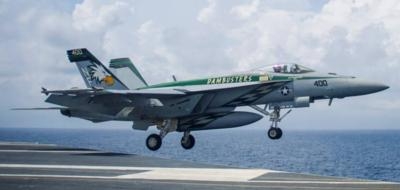
"The wonderful thing about VR right now is the entertainment industry is driving this technology further and faster," said Courtney McNamara, a senior computer scientist, principal investigator and Advanced Gaming Interactive Learning Environment (AGILE) team lead at Naval Air Warfare Center Training Systems Division (NAWCTSD).
"They're applying a lot of dollars, especially in the game environment, to make these accessible to all users at a very low cost point. The resolutions are getting much better and higher, the latency is getting much lower, so we're able to see less sim sickness when you're wearing the goggles. Because industry is pushing these limits, the government is not having to invest a lot of its own money into the technology to see it move further and faster."
Roger McPherson, program manager for undersea warfare training at Naval Sea Systems Command, showed a video demonstrating a VR training simulation that allows a student to practice disassembling a diesel engine governor.
In addition to the new flight trainers, VR could also play a key role in new immersive mishap awareness training, an effort managed by the NAWCTSD Battle Lab in collaboration with the program office and the Naval Survival Training Institute.
Spatial disorientation and loss of situational awareness remain a causal factor in many mishaps, and yet training to avoid and deal with such mishaps has changed little over the years, remaining classroom-based and reliant on video, Foster said.
"What we need is the capability to quickly and efficiently recreate mishaps based on information that we can pull from mishap reports and other data sources, and use that data to update training and provide a more immersive training environment for students," he added.
To that end, VR is being looked at as a way to provide that higher level of immersion, Foster said.
"There are a variety of ways we might approach AR/VR/MR in trying to address known and future training capability gaps," Foster said. "From our perspective it's important that we pursue all of those different avenues and make sure that as we're gathering feedback from the fleet to make sure we're hitting the nail on the head on the things we need to."
(Source: NAVAIR news release. Images from file)
 Classic Aero-TV: Expert Analysis By The Kings-Airman Cert Standards 2016
Classic Aero-TV: Expert Analysis By The Kings-Airman Cert Standards 2016 Aero-News: Quote of the Day (09.17.25)
Aero-News: Quote of the Day (09.17.25) ANN's Daily Aero-Term (09.17.25): Discrete Code
ANN's Daily Aero-Term (09.17.25): Discrete Code ANN's Daily Aero-Linx (09.17.25)
ANN's Daily Aero-Linx (09.17.25) NTSB Final Report: Piper PA-46-310P
NTSB Final Report: Piper PA-46-310P


